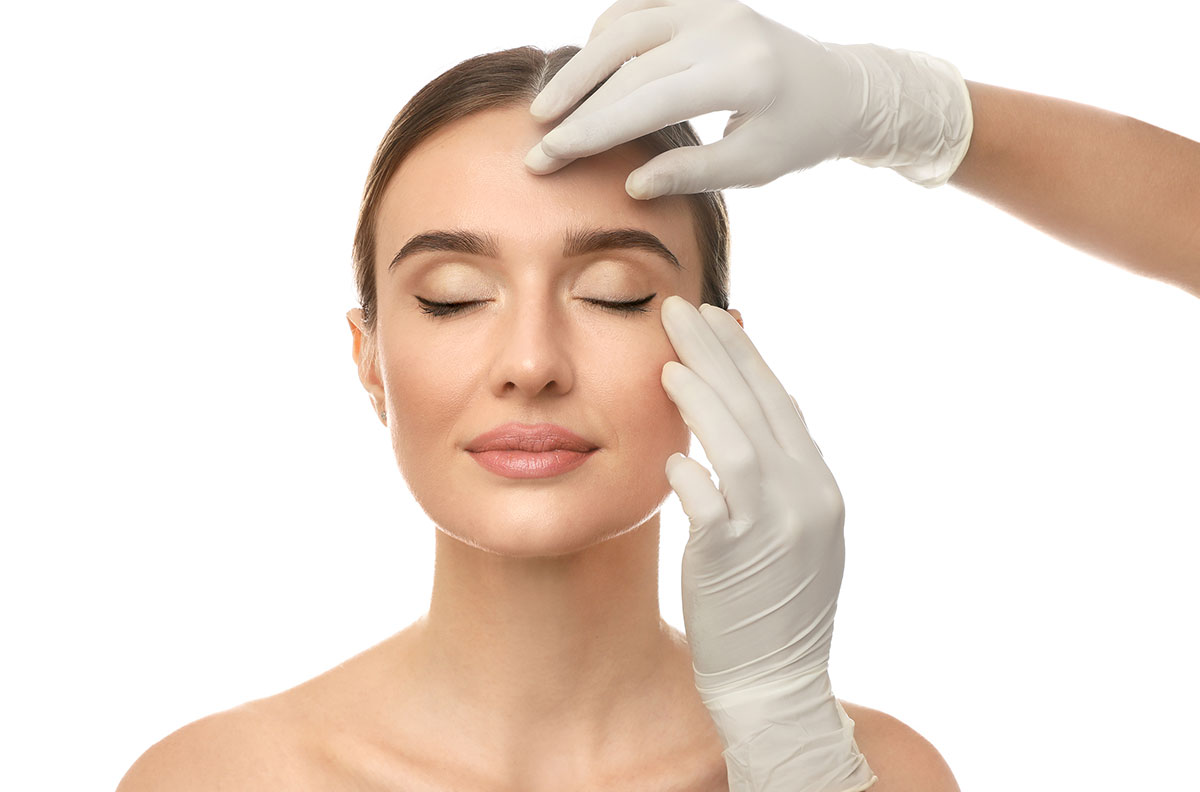Botox is a cosmetic and medical procedure that uses a protein called botulinum toxin. Botulinum toxin is a toxin produced by a bacterium called Clostridium botulinum. This toxin temporarily paralyzes the muscles by blocking the communication of nerves.
Botox procedure is usually performed by a doctor or specialist. Treatment results are usually temporary and the effects last for several months. However, Botox can have side effects, so it’s important to carefully follow the instructions of the healthcare professional performing the procedure. Before using Botox, it’s important to talk to a specialist about your health history, current health condition, and expected results.
Here are some areas where botox is used:
- Wrinkles: Botox is used to reduce the appearance of dynamic wrinkles (such as forehead lines, lines between eyebrows, crow’s feet), especially in the face area. It can prevent these wrinkles from forming by temporarily paralyzing the muscles.
- Migraine: Botox is used to reduce headaches in people with chronic migraines. Botox injections can reduce the severity and frequency of migraine attacks by reducing tension in the head, neck and shoulder muscles.
- Hyperhidrosis: Botox therapy can be used to reduce sweating in people with excessive sweating, especially in areas such as armpits, palms or soles. Botox controls sweating by temporarily inhibiting the activity of sweat glands.
- Spasticity: Botox is used in the treatment of muscle spasms that develop as a result of nervous system damage. It can reduce excessive contractions in the muscles, especially in the case of spasticity caused by neurological disorders such as cerebral palsy.
- Eye diseases: Botox is used in the treatment of some eye diseases such as blepharospasm (eyelid spasms), strabismus (strabismus) and hemifacial spasm. It can relieve the symptoms of these conditions by temporarily paralyzing the muscles.
Other areas where Botox is used include overactive bladder treatment, prostate enlargement, chronic pain, psoriasis, temporomandibular joint (jaw joint) problems and teeth grinding. However, the use of botox requires appropriate medical evaluation in any case, and the potential risks and benefits of this treatment should be considered.

